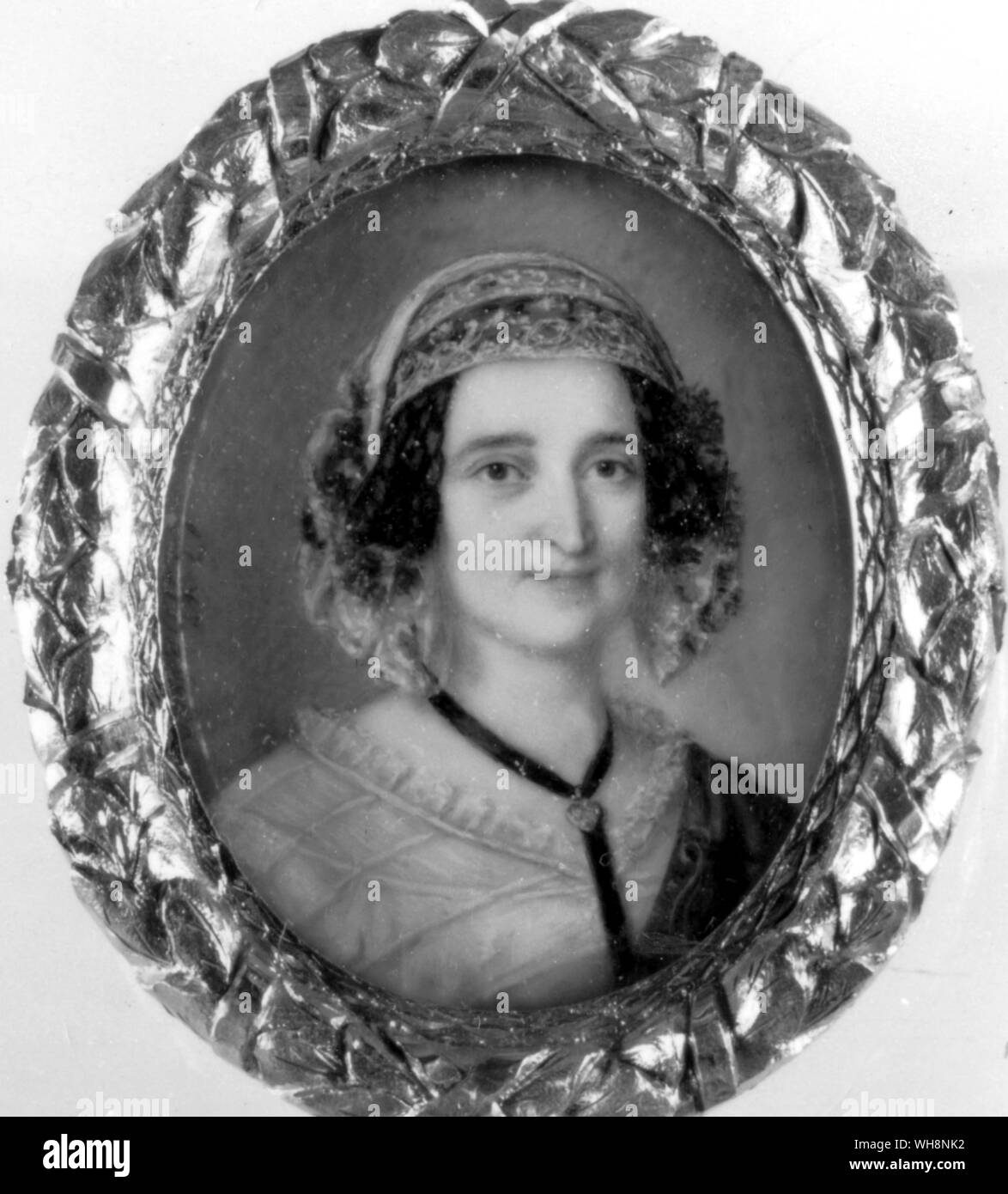Baroness Lehzen
Governess, and later advisor, to Queen Victoria. ∼ Johanna Clara Louise Lehzen (3 October 1784 – 9 September 1870), better known as Baroness Louise Lehzen, was the governess, and later adviser and companion, to Queen Victoria of the United Kingdom. Johanna Clara Louise Lehzen (3 October 1784 – 9 September 1870), also known as Baroness Louise Lehzen, was the governess and later companion to Queen Victoria. Born to a Lutheran pastor in Hanover, in 1819 Lehzen entered the household of the Duke of Kent, fourth son of King George III.


Often ‘very good’, occasionally ‘rather impertinent’ and sometimes ‘very naughty’ – all descriptions of 12-year-old Queen Victoria from a previously unseen ‘behaviour book’, one of over 100 items from 250 years of royal childhood that go on display July 26 at the Summer Opening of Buckingham Palace.
12-year-old Princess Victoria’s ‘behaviour book’ showing the week of 3 November, 1831. [Image credit: Royal Collection Trust/© Her Majesty Queen Elizabeth II 2014]
Written in Princess Victoria’s own hand, probably under the command of her German governess, Baroness Lehzen, the behaviour book records the 12-year-old’s daily conduct, ranging from ‘very good’ to ‘very naughty’. It reveals that although the Princess was largely well behaved, like any child she was occasionally mischievous and broke the rules.
Princess Victoria’s governess, Louise, Baroness Lehzen, c.1842. [Image credit: Royal Collection Trust/© Her Majesty Queen Elizabeth II 2014]
Among the many ‘goods’ and ‘very goods’ in the week of 3 November 1831, the young Princess also notes that she had been ‘very thoughtless and foolish’ and ‘impertinent’. The following year on Monday, 25 September, at the age of 13, she describes herself as ‘very very very very horribly naughty!!!!!’, although there is no hint as to what Victoria might have done to prompt such a self-chastising comment.
Record of Princess Victoria’s studies for the week ending 4 February, 1827. [Image credit: Royal Collection Trust/© Her Majesty Queen Elizabeth II 2014]

Detailed records of Princess Victoria’s progress were kept throughout her childhood, which was spent under the ‘Kensington System’. This strict regime, introduced by her mother, the Duchess of Kent, and the Duchess’s advisor, Sir John Conroy, ensured that the Princess was protected and controlled through constant surveillance and observation. ‘Lehzen’, as she was known within the Household, was appointed governess in 1824, when Victoria was five, and the young Princess soon developed a close and affectionate relationship with her. She encouraged Victoria to think independently, and later became advisor and companion to the Queen.
When Did Baroness Lehzen Leave Victoria
The Princess’s day began at 9am with half an hour of writing in her Journal and recording her expenses from the previous day. She was then given religious instruction, followed by lessons in history, geography, Latin or general knowledge. Her afternoons were spent learning French with Monsieur Grandineau, German with Mr Barez, writing and arithmetic with Mr Steward, and music with Mr Sale. This intense schooling ensured that at the age of just eight Victoria had already developed beautiful handwriting. An exercise book belonging to the Princess in the exhibition includes the repeated phrase ‘Ostend, a sea port in Flanders’ within pencil-ruled lines.
Handwriting practice book, belonging to a five-year-old Prince of Wales (the future George IV), 1767. [Image credit: Royal Collection Trust/© Her Majesty Queen Elizabeth II 2014]
Several other items in the exhibition record the schoolwork of future monarchs from across the generations. In 1767 a five-year-old Prince of Wales, the future George IV and uncle of Queen Victoria, practiced his handwriting with the lines ‘George, Prince of Wales, October 26′. The progress of Queen Victoria’s grandson Prince George (later King George V) was noted in a journal by his tutor John Neale Dalton. In the week ending 23 September 1876, the 11-year-old Prince was taught for 22 hours in the subjects of religion, music, arithmetic, geography, and writing, as well as Latin, French, English and German. In most cases the tutors’ remarks were positive, although on one occasion he writes that Prince George showed ‘too much disposition to find fault with his brother’.
Anna Reynolds of Royal Collection Trust, curator of the exhibition Royal Childhood, said, ‘These charming documents provide a rare glimpse into the lives and development of royal children. From learning how to write to perhaps not always being on best behaviour, they reveal the commonalities between all children.’
From well-loved toys, treasured family gifts and tiny outfits to previously unseen photographs and film footage, Royal Childhood gives an unprecedented glimpse into life as a young member of the royal family growing up at Buckingham Palace, a royal residence since 1761. The exhibition brings together objects from the Royal Collection and the Royal Archives and from the private collections of members of the Royal Family.
Lezen
Royal Childhood is part of a visit to the Summer Opening of the State Rooms at Buckingham Palace, 26 July – 28 September 2014. The exhibition is accompanied by the publication Royal Childhood by Anna Reynolds and Lucy Peter, price £12.95 or £9.95 from www.royalcollection.org.ukand Royal Collection Trust shops.
